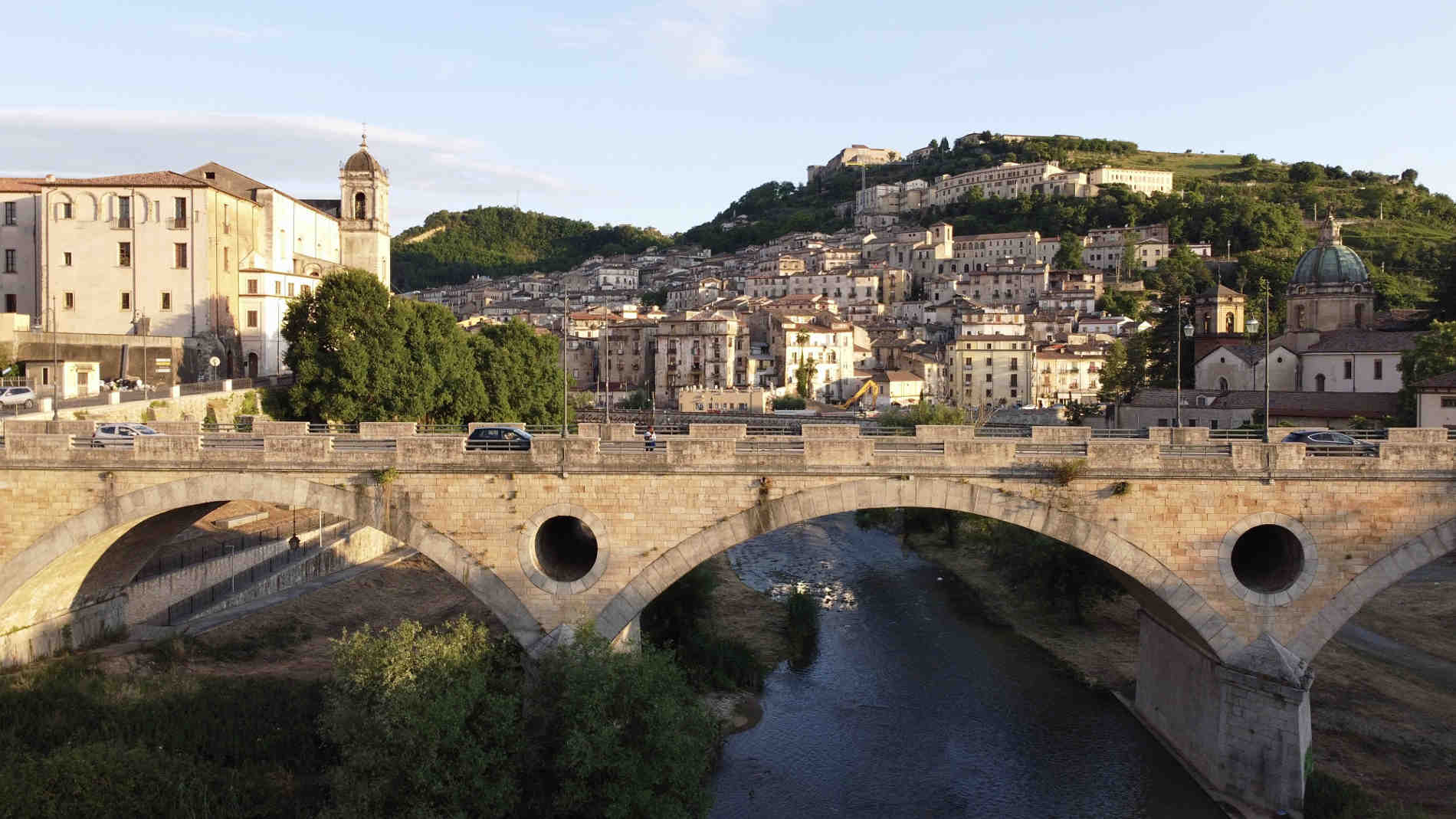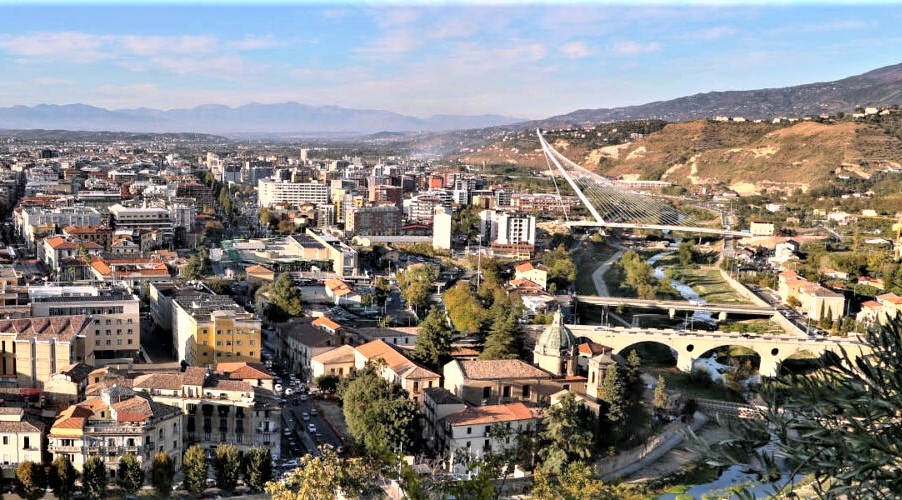



During the Napoleonic age the city of Cosenza was marked by an anti-clerical and libertarian orientation, strongly anti-Bourbon. With the Restoration there was no shortage of liberal and patriotic initiatives that culminated with the revolt of March 15, 1844. It was inspired by the Flag Brothers who, at the head of a group of Venetian republicans, tried to help the "Calabrian brothers" to emancipate themselves from the yoke Bourbon.

In the Fascist era, the city was affected by an extensive process of urban redevelopment and expansion, and suffered repeated bombings during the Second World War. The uncontrolled building expansion also characterized the post-war period, hegemonized by the Christian Democratic ruling classes which were later joined by the Socialists. In 1971 the resident population exceeded 100,000 inhabitants, against just 57,000 twenty years earlier: those were the years of abandonment of the historic city center in favor of urban suburbs, often without services. In the following years Cosenza saw a sudden decline in population, to the advantage of the municipalities of the urban belt.

The historic center of Cosenza embodies in its architectural forms the apex of the expansion and culture of the Bruzi. Characteristic elements of the ancient part of the city of considerable extension, in comparison with the other cities of the South, are the concentration of monumental buildings, the numerous manor and prestigious buildings, the urban design, characterized by a maze of narrow streets that wind around to the ancient buildings, churches, convents, fortress houses, open spaces and squares. The urban space is inserted between the Crati and Busento rivers and the scenery of the periurban hills of Cosenza which offer breathtaking views. The water from the Zumpo in Sila aqueduct gushes from the fountain of the 13 canals; along the Corso Telesio there are the House of Cultures and the Cathedral of 1100, declared on 12 October 2011 by UNESCO "a witness of culture and peace", while on one of the seven hills (the Pancrazio) the figure of the castle stands out Swabian, an imposing thousand-year-old fortress that was the stronghold of Frederick II of Swabia, the "Stupor Mundi", emperor-magnate deeply in love with the city.

Also of note is the national library and the convents of San Gaetano and San Domenico with their churches. On the Triglio hill, there is Palazzo Arnone, former seat of the Court, and of the prison, now restored to its ancient splendor and transformed into the seat of the national gallery, where it is possible to admire the original icon of the Madonna del Pilerio protector of Cosenza and works by various southern painters including Pietro Negroni, Mattia Preti and Luca Giordano., while in the Diocesan Museum of Cosenza it is possible to admire the Stauroteca, a very precious cross-reliquary donated by Frederick II to the city on the occasion of the rededication of the cathedral (1222).
 ???????
???????
The Museo dei Brettii e degli Enotri, once the Convent of Sant'Agostino, is located in the district called della Massa, while in the Galleria Santa Chiara there is the Museum of Comics, the only one of its kind in southern Italy. The ancient city after the development of modern Cosenza has alternated long periods characterized by decay and abandonment with others of rebirth, enhancement and structural redevelopment. In 2013, the construction of the "Alarico Museum" was approved and financed through the demolition of the former Jolly hotel that disfigured the landscape and the redevelopment of the confluence of the Crati and Busento rivers, whose project attracted the attention of the prestigious newspaper. international "Times Europe" and "Corriere della Sera".
Cosenza
Address: Piazza dei Bruzi 1, Cosenza
Phone: 0984 8131
Site:
Location inserted by
BBCC